Tucked away off Sicily’s northern coast, the Aeolian Islands are Italy’s best-kept secret. I stumbled upon these volcanic gems during my summer travels last year, and honestly, they’ve completely stolen my heart. Each of the seven Aeolian Islands has its own vibe, so picking the ones that fit your travel style really matters.
From Lipari’s lively streets to Stromboli’s wild eruptions, these islands have something for everyone. If you love adventure, you can hike active volcanoes. If you’re after relaxation, you’ll find black sand beaches and soothing mud baths on Vulcano. Foodies, you’re in for a treat—Salina’s Malvasia wine and fresh seafood are just incredible.
Getting around the Aeolian archipelago takes some planning, since ferry schedules change with the seasons. I’d suggest picking one or two islands as your base, depending on whether you care more about nightlife, nature, luxury, or that authentic village feel. Each island has its own personality, from the swanky Panarea to the super chill Salina. I’m excited to help you find your perfect Aeolian match.
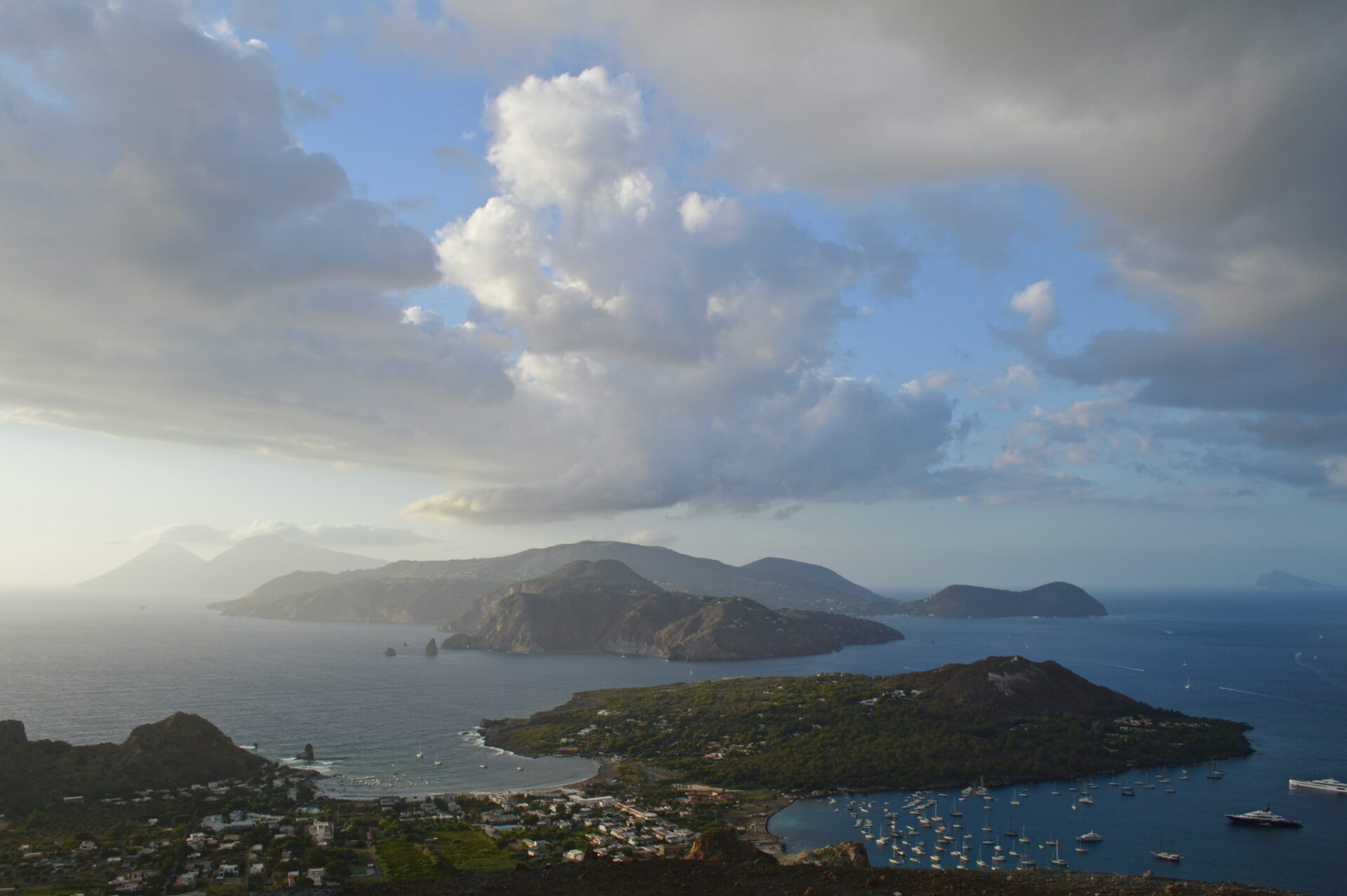
The Unique Character of Each Aeolian Island
All seven Aeolian Islands off Sicily’s coast bring something unique to the table. These volcanic beauties each have their own personality, landscapes, and attractions that suit different travelers.
Lipari: The Heart of the Archipelago
Lipari stands as the largest and most populated island here. I found its main town to be the perfect base for exploring the rest of the islands.
Ferries come and go all day, so you can easily hop between islands.
The Archaeological Museum, set inside a Norman castle, shows off Lipari’s deep history. You can check out ancient artifacts dating back thousands of years.
If you’re into beaches, head to Canneto—a pretty pebble beach with clear water just a quick bus ride from town. The white pumice quarries nearby make the blue sea look even more striking.
Lipari’s food scene is strong, too. You’ll find everything from fresh seafood spots to simple trattorias serving Sicilian classics. I loved wandering the narrow streets, popping into shops selling local crafts and treats.

Vulcano: Adventures on a Living Volcano
Vulcano hits you right away with its unmistakable sulfur smell—no doubt, you’re on an active (though currently dormant) volcano. The island takes its name from the Roman god of fire, and honestly, it fits.
The mud baths near the port draw in visitors. I spent an afternoon soaking in gray mud that’s supposed to help your skin and joints. Heads up: the sulfur smell really sticks to you!
Hiking up to the Gran Cratere is a must. It’s a 45-minute climb, but the views of the crater’s smoky fumaroles and the whole archipelago are worth it. Go early in the day if you want to avoid the heat.
Vulcano also has black sand beaches and natural hot springs where the sea literally bubbles. The landscape feels dramatic, with several volcanic cones popping up as you explore.
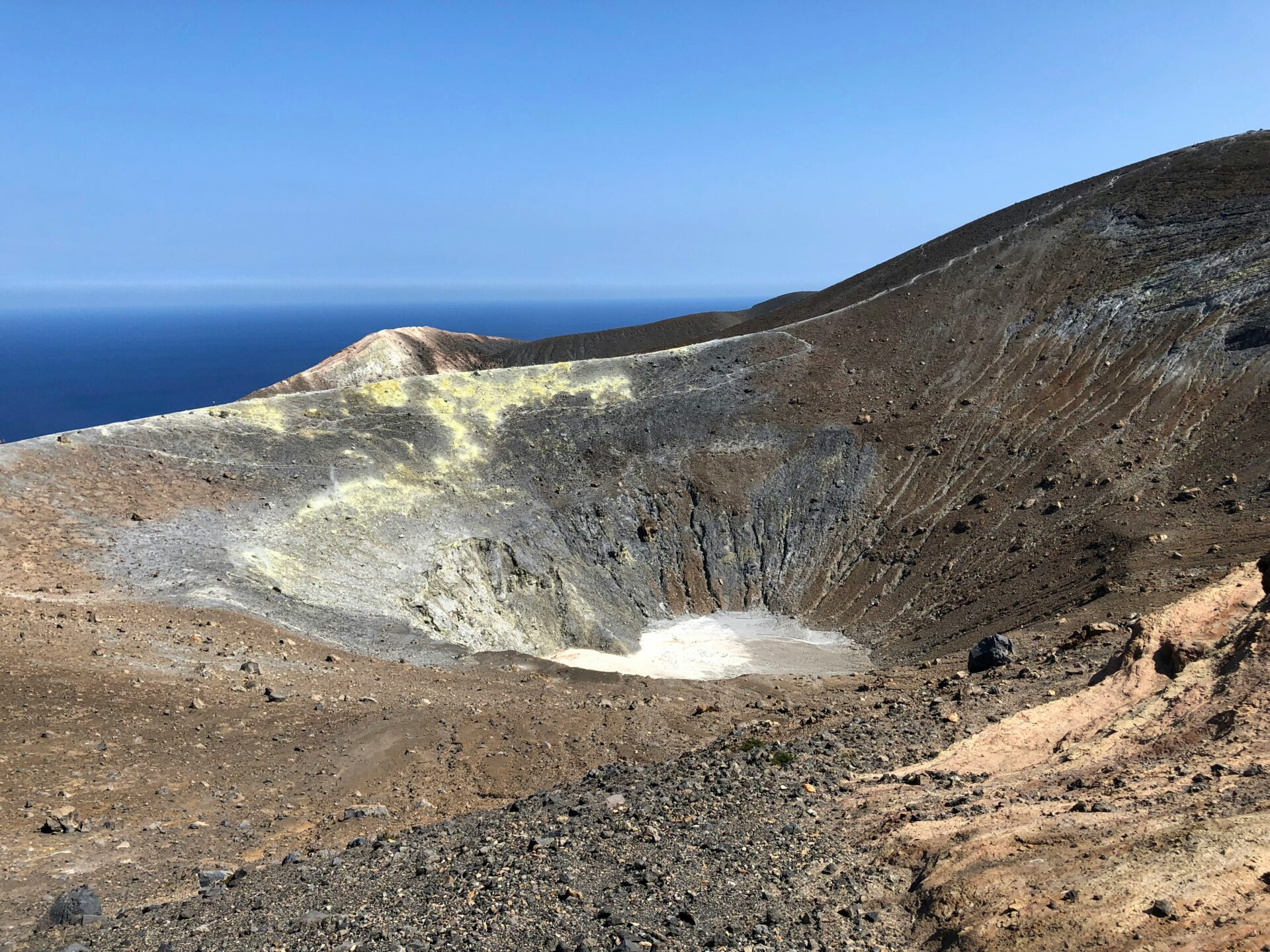
Salina: Green Escape and Authentic Flavors
Salina immediately pops out with its lush greenery—a big contrast to its more barren neighbors. I couldn’t stop staring at its twin mountains, Monte Fossa delle Felci and Monte dei Porri, which shape the island’s skyline.
Food lovers, this is your paradise. Salina grows Malvasia grapes for sweet dessert wine. I visited Capofaro, a vineyard perched on cliffs, for a wine tasting I’ll never forget.
You’ve got to try Salina’s famous capers, which grow wild all over the place. The island’s rich soil also supports olive trees, and the oil ends up in pretty much every meal here.
Lingua, a cute village, offers the best sunset spot and the tastiest granita. I spent lazy afternoons there, watching fishing boats roll in and cooling off with lemon granita.
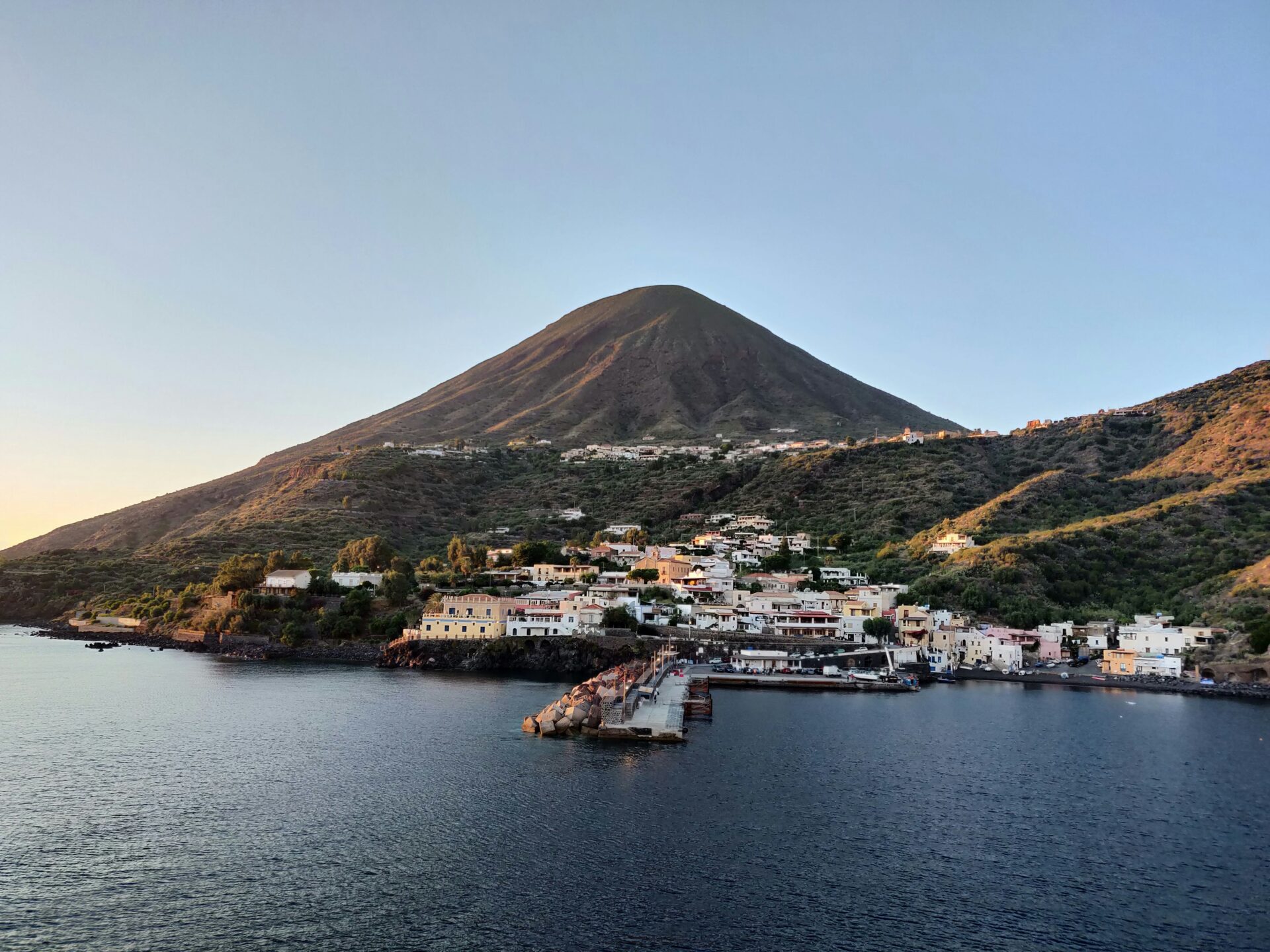
Finding Your Perfect Aeolian Adventure
The Aeolian Islands each offer their own distinct experience. I’ve found every island has a personality—think explosive volcanoes, peaceful beaches, and layers of history.
Nature Lovers and Adventure Seekers
If you’re into natural wonders, Stromboli is a must. I hiked up this active volcano at sunset and watched, totally awestruck, as it erupted every 20 minutes. You just can’t beat that thrill.
Salina’s Monte Fossa delle Felci, at 962 meters, is the highest point in the archipelago. The trail winds through green forests and rewards you with sweeping views over all seven islands.
Vulcano brings a different flavor with its bubbling mud baths and steaming fumaroles. My tips:
- Start early to beat the heat
- Wear sturdy hiking boots (volcanic rock is no joke)
- For Stromboli’s summit, book a local guide (it’s required after recent eruptions)
- Bring more water than you think you’ll need
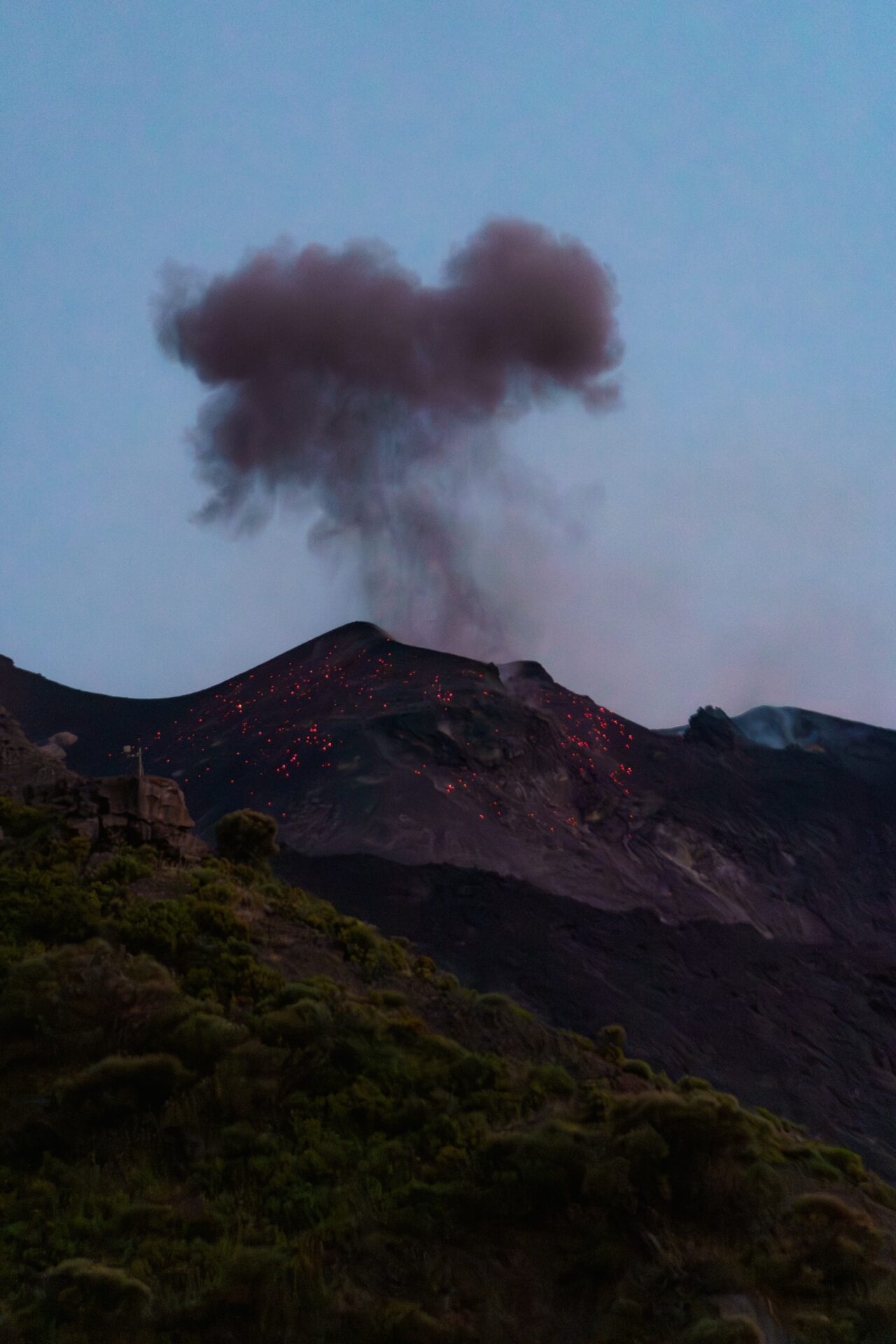
Relaxation, Wellness, and Seaside Bliss
Panarea totally charmed me with its whitewashed houses and exclusive vibe. The Tyrrhenian Sea wraps around the island, and beaches like Cala Junco are made for swimming.
Salina’s pace is slower. I spent days stretched out on black sand beaches and evenings sipping Malvasia wine. Try the granita in Lingua—Alfredo’s almond version is the best I’ve ever tasted.
Lipari’s thermal springs offer natural wellness. The warm, mineral-rich waters are perfect after a day of exploring.
Top beaches for relaxing:
- Pollara Bay (Salina) – famous for “Il Postino”
- Spiaggia Bianca (Lipari) – bright pumice stones turn the water turquoise
- Zimmari (Panarea) – calm, family-friendly, and sheltered
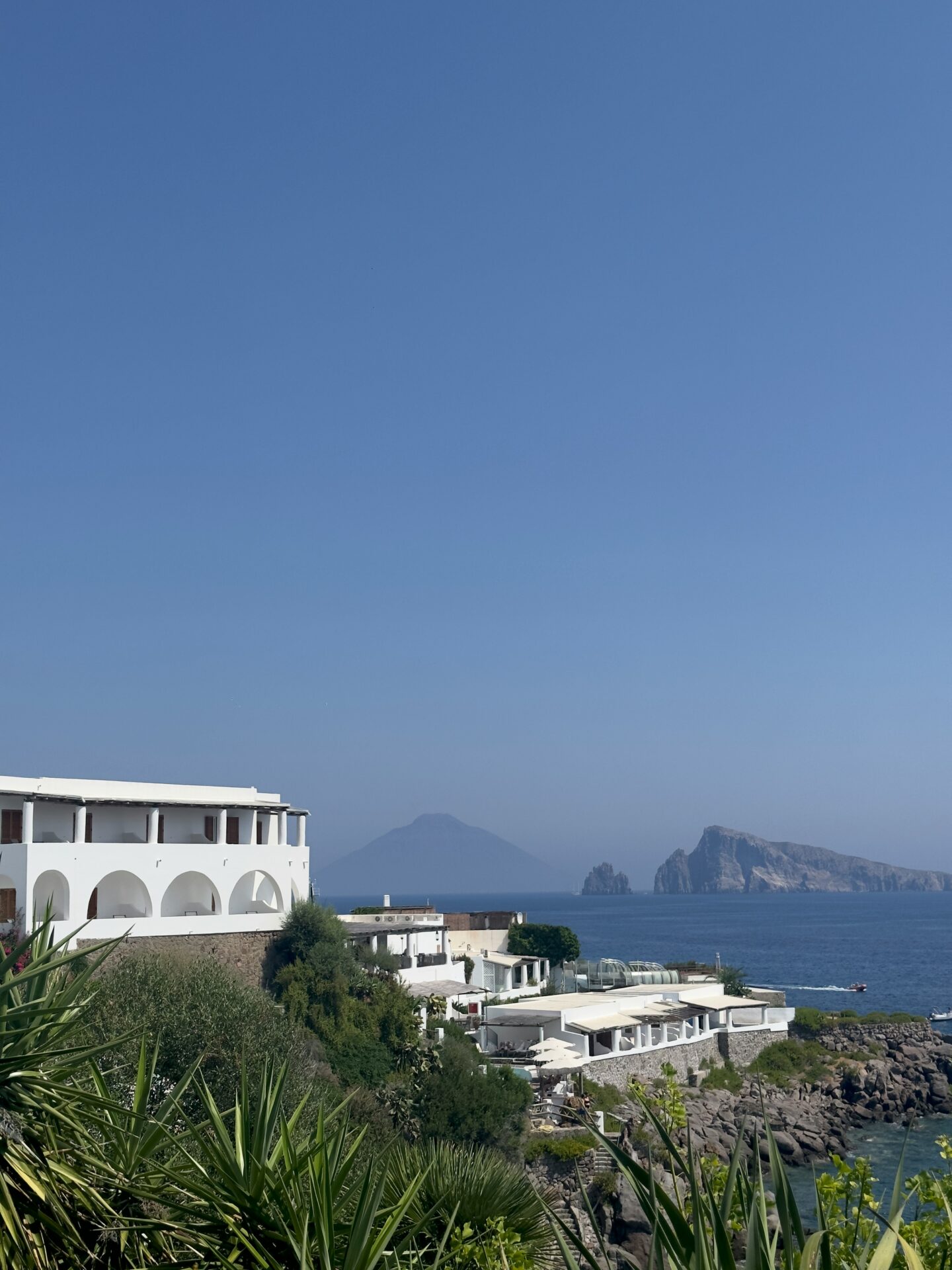
Cultural Explorers and History Buffs
Lipari Town pulled me in with its Archaeological Museum inside a Norman castle. The collection covers 6,000 years, from ancient settlements to Greek and Roman relics.
Island-hopping lets you spot different cultural touches. I noticed Arab influences in Panarea’s architecture and Norman walls in Lipari. Every island feels like a new chapter in Mediterranean history.
Salina’s “Il Postino” filming spots give you a taste of traditional island life. Pollara is the place to see where those iconic scenes happened.
Don’t skip these cultural experiences:
- Evening passeggiata with locals in Lipari Town
- Traditional fishing demos in Filicudi
- Visiting ancient obsidian workshops
- Tasting capers from Salina and seafood couscous
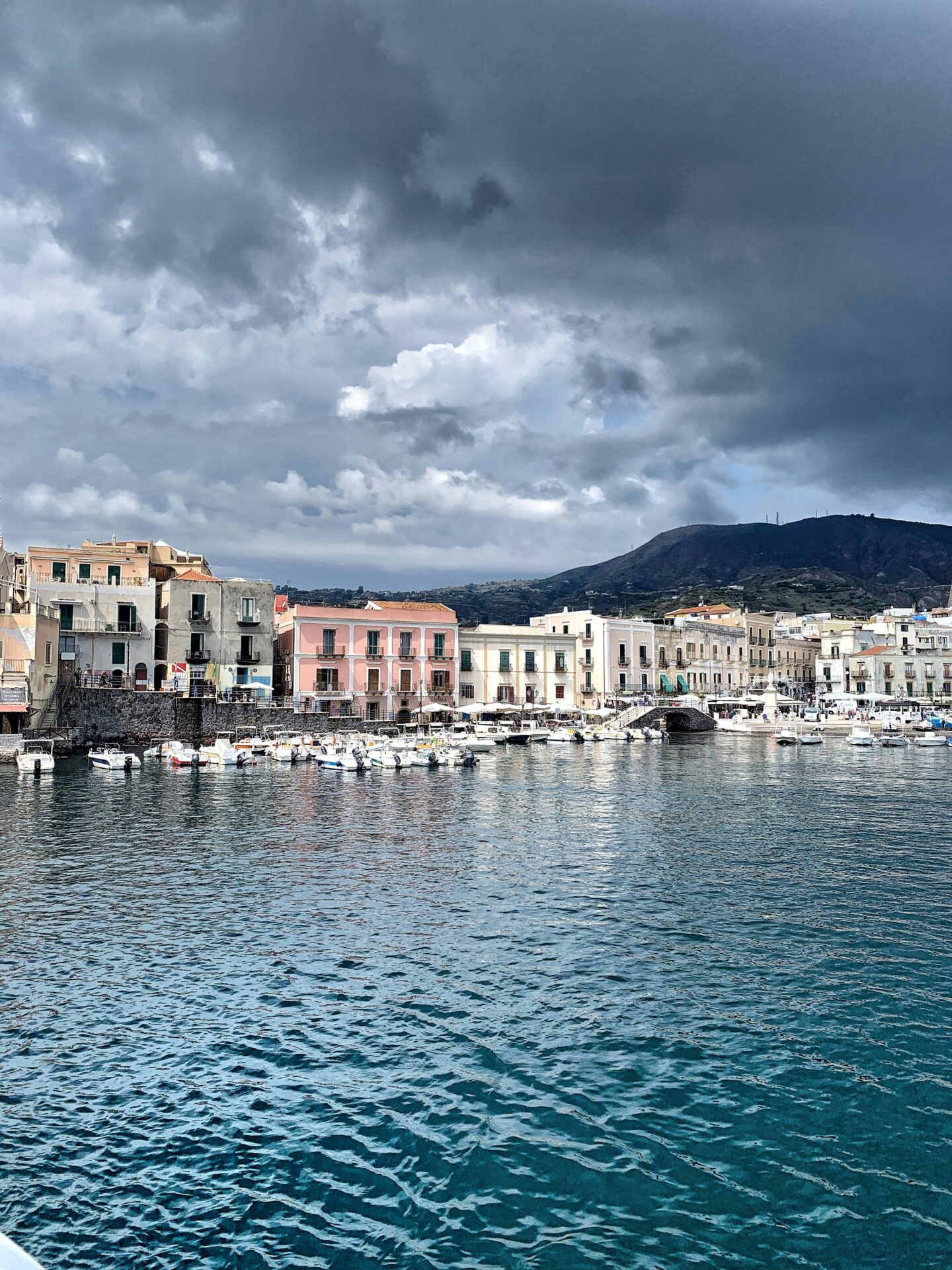
Off-the-Beaten-Path Islands and Experiences
If you want authentic experiences away from the crowds, the Aeolian archipelago has secret corners where time stands still and local traditions thrive.
Filicudi: Wild Beauty and Tranquility
Filicudi drew me in with its wild, untamed landscapes and peaceful vibe. With only about 200 year-round residents, it feels like you’ve stepped back in time.
I spent mornings hiking old mule tracks through wild capers and fragrant scrub. The island’s volcanic roots show in the dramatic rock formations that rise from the blue sea.
La Canna, an 85-meter sea stack, is a must-see. Local fishermen run boat tours that show off hidden caves and the prehistoric village at Capo Graziano.
Restaurants here keep things simple and delicious, focusing on local fish and produce. I couldn’t get enough of the pasta with wild fennel and sardines.
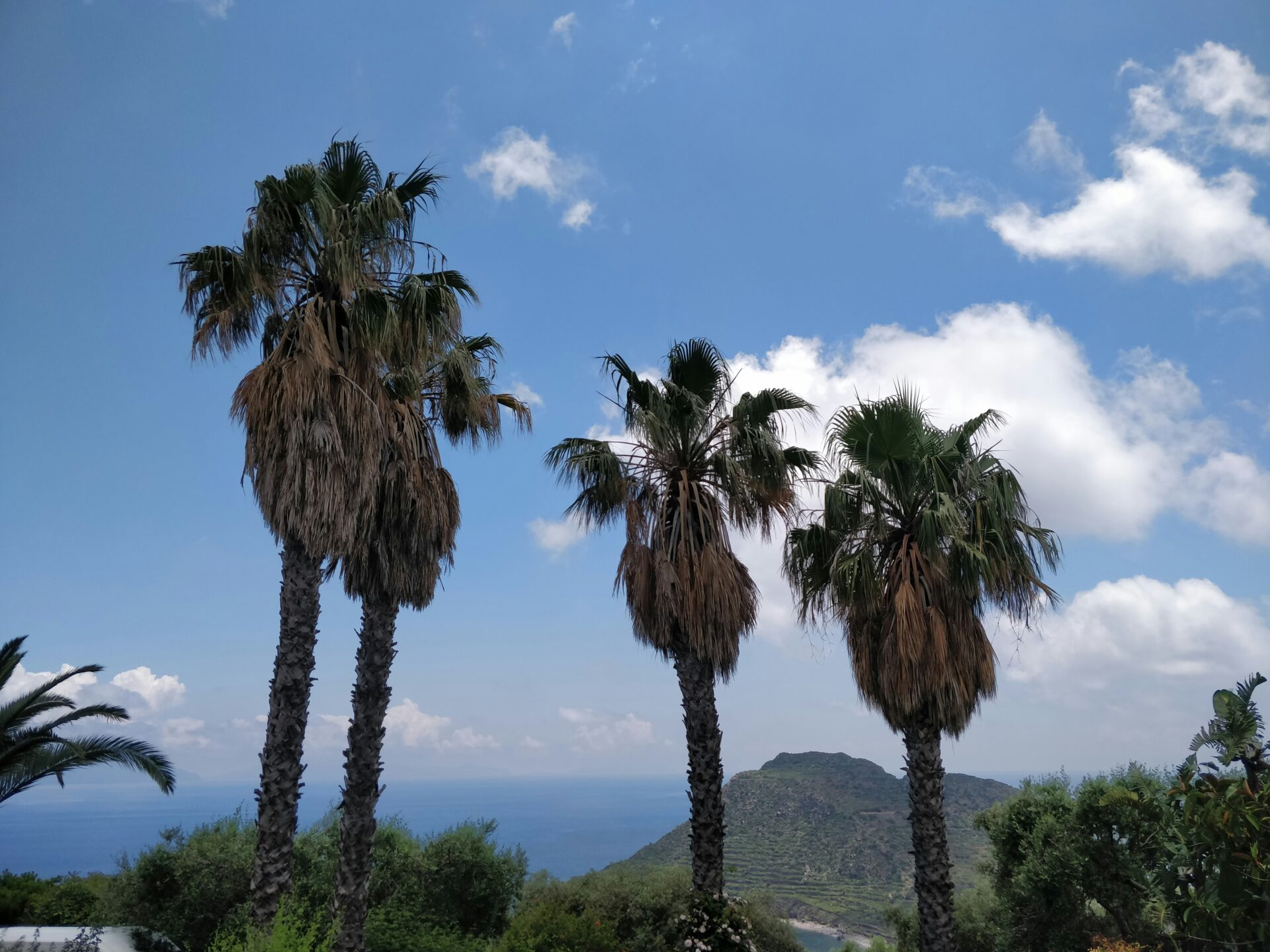
Alicudi: Escape to Authentic Simplicity
Alicudi is the Aeolian Islands at their most raw. It’s the most remote island, and you really do feel like you’re escaping modern life.
No cars here—just donkeys making their way up steep paths between white houses. The single village has one shop, and about 100 residents keep old fishing and farming traditions alive.
Electricity only arrived in the ‘90s, and Wi-Fi is still spotty. It’s perfect if you want a digital detox. I spent my days swimming in clear coves and evenings watching sunsets paint the sky.
You’ll find only a handful of guesthouses and rental homes. For the full experience, stay at least two nights and settle into the island’s slow rhythm.
Olive trees cover the terraced hills, producing oil that locals use in everything. Don’t leave without trying fish, freshly caught and grilled with local olive oil and wild herbs.

Savoring the Flavors of the Aeolian Islands
The food here is a mix of fresh seafood, local produce, and wines that really capture the volcanic spirit of these islands.
Local Delicacies and Fresh Seafood
Walking through Lipari’s markets, I’m always amazed by the day’s catch—tuna, swordfish, sea bream—straight from the boats to your plate.
Pasta alla Eoliana is a local classic, mixing tomatoes, capers, olives, and sometimes tuna or swordfish. I could eat it every day.
Salina’s capers are famous all over Italy. They grow wild on the volcanic slopes and add a punch to so many dishes.
For something sweet, granita is the way to go. The lemon version, made with local citrus, is so refreshing on a hot afternoon. Some Lipari cafés serve a fantastic almond granita too.
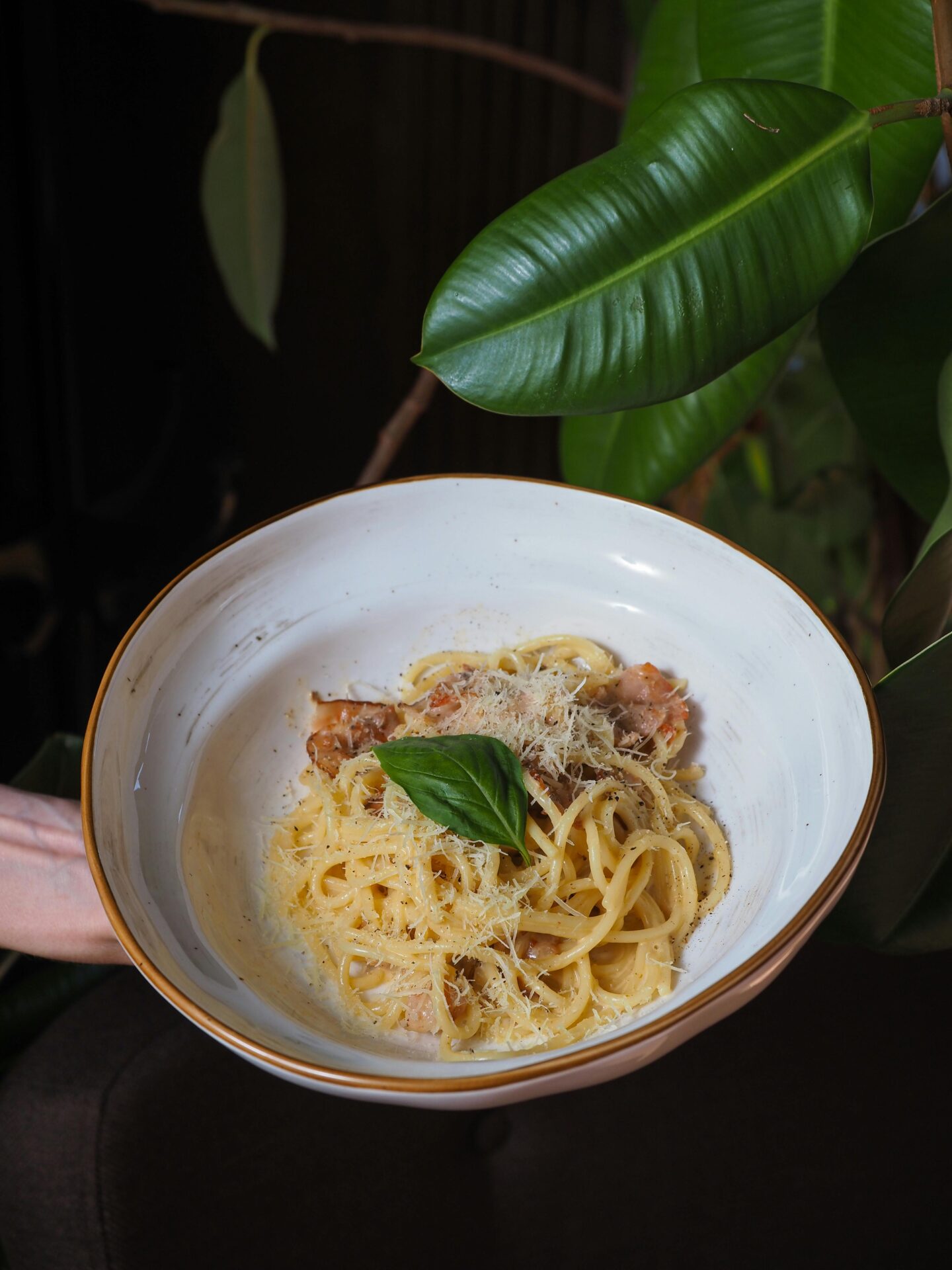
Vineyards, Wines, and Malvasia Tastings
Salina’s terraced hills are packed with vineyards producing the famous Malvasia wine. This sweet, golden wine has a long history here.
One afternoon, I sipped Malvasia at a family-run vineyard on Salina while the sun set over the sea. The winemaker told me how the volcanic soil gives their grapes a special mineral kick.
Many vineyards offer tastings with local cheese and olives. You get both great flavors and stunning views.
The region’s dry white wines are worth a try, too. They pair perfectly with seafood and have a hint of sea breeze and volcanic earth. I always try to bring a bottle home.
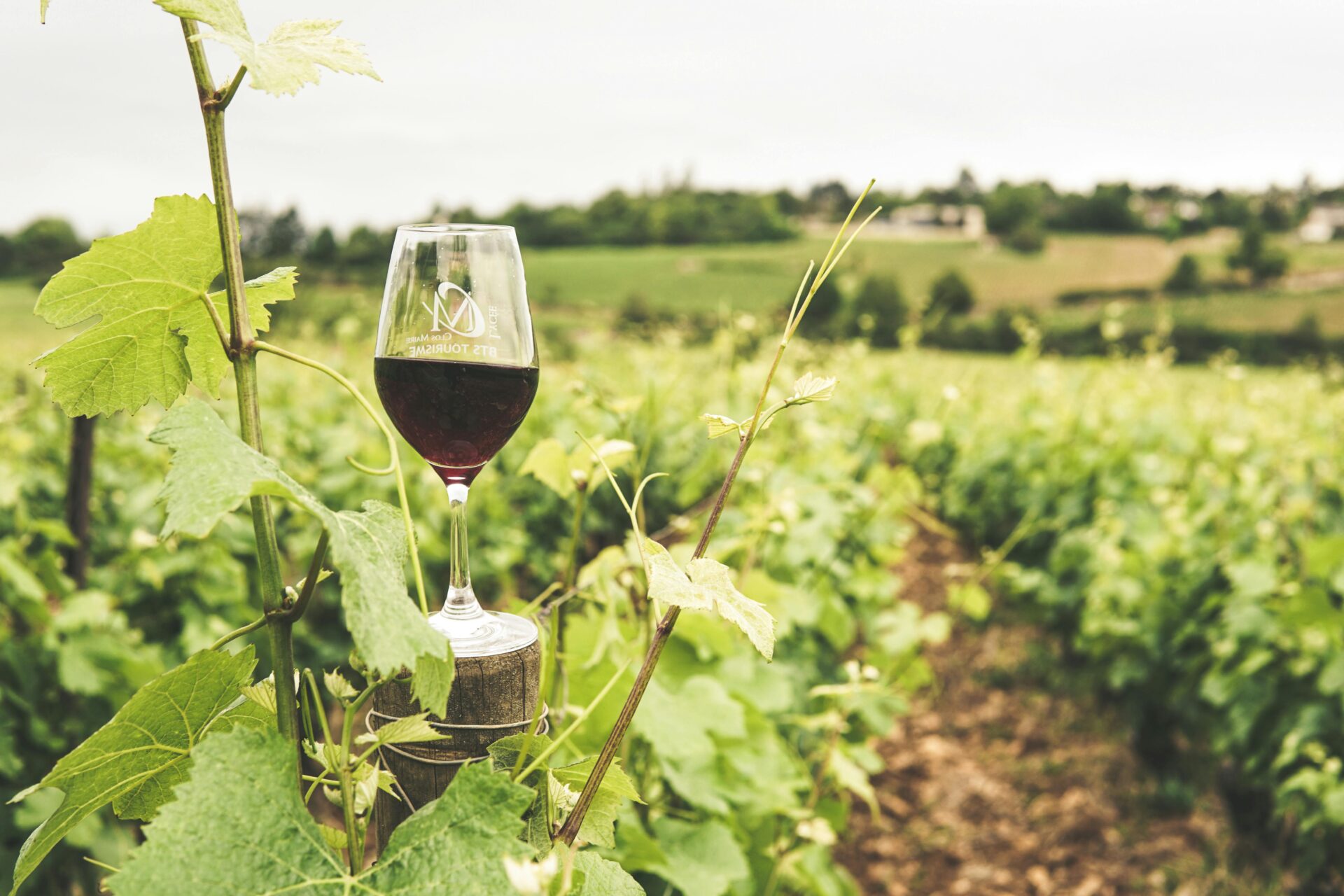
Getting There and Planning Your Aeolian Escape
Reaching Sicily’s volcanic archipelago takes a bit of planning, but it’s so worth it. I’ve crossed these waters a few times and picked up some tips to make your trip smoother.
Access Points: Sicily and Beyond
You’ll usually get to the Aeolian Islands from Sicily itself, with Milazzo being the main jumping-off point. I found Milazzo has the most frequent ferries to all seven islands, all year long.
Palermo and Catania have international airports, making them easy places to start if you’re flying in.
From Catania, you can take a train or rent a car to Milazzo (it’s about two hours), then catch a hydrofoil to your chosen island. In summer, you’ll find extra departures from Messina, Palermo, and even Naples.
Ferry schedules change a lot between summer (June-September) and the off-season. In summer, I’ve enjoyed daily connections, but in winter, services can drop to just a few per week.
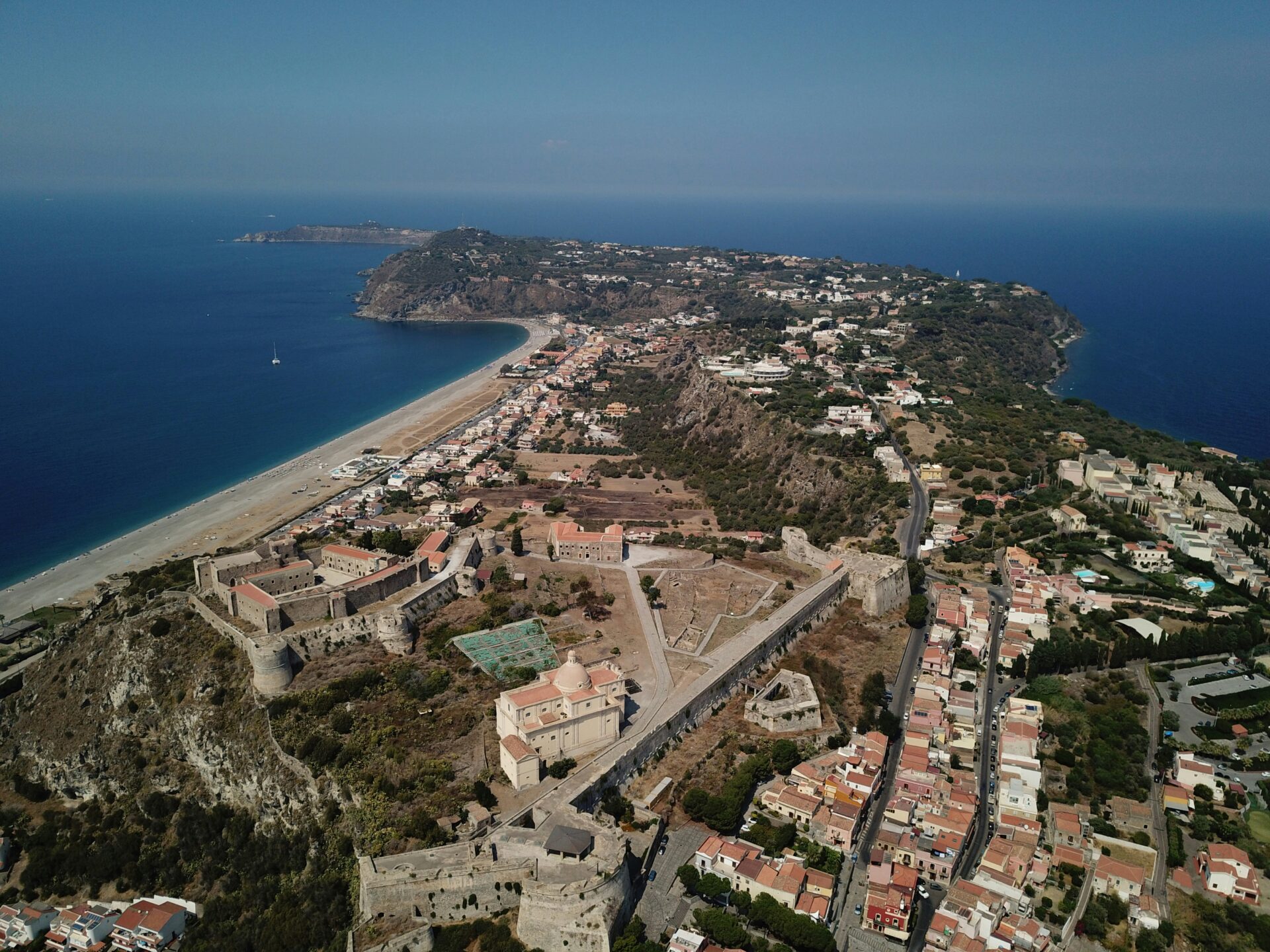
Island-Hopping Tips and Practical Travel Advice
Island-hopping really makes the Aeolian adventure, but honestly, you’ll need to plan ahead. I’d say base yourself on Lipari or Salina—those two have the most frequent connections to the rest.
From either of those spots, you can easily hop over to smaller islands like Vulcano or Panarea for a day trip. It’s just so much simpler that way.
You’ll find two main ferry companies: Liberty Lines runs the faster hydrofoils, and Siremar has bigger, slower ferries. I usually grab my tickets a few days ahead, especially if I’m traveling on a weekend during high season.
Weather can throw a wrench into your plans. Strong winds sometimes force ferries to cancel at the last minute, which I’ve learned the hard way.
I always check the local marine forecast—especially between October and April—just to avoid surprises.
Seriously, pack light if you can! I’ve dragged heavy bags up narrow island paths and across wobbly ferry gangplanks, and it’s no fun.
Most islands don’t give you many transport options, so you’ll want comfortable walking shoes. Trust me, you’ll be glad you brought them when you’re exploring these volcanic paradises.

